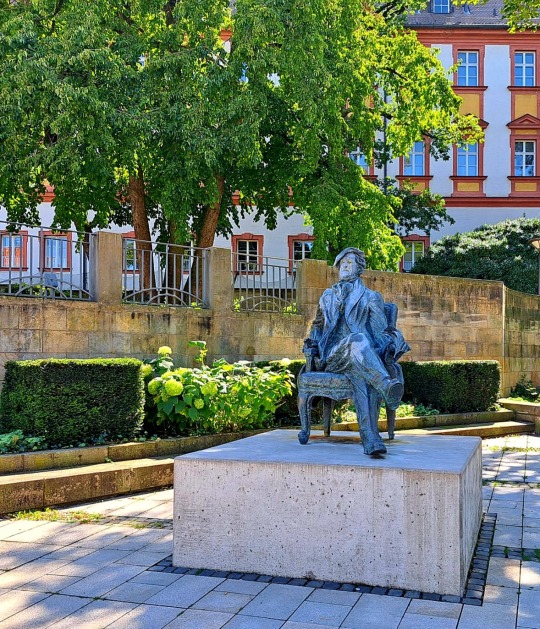#bayreuth
Text
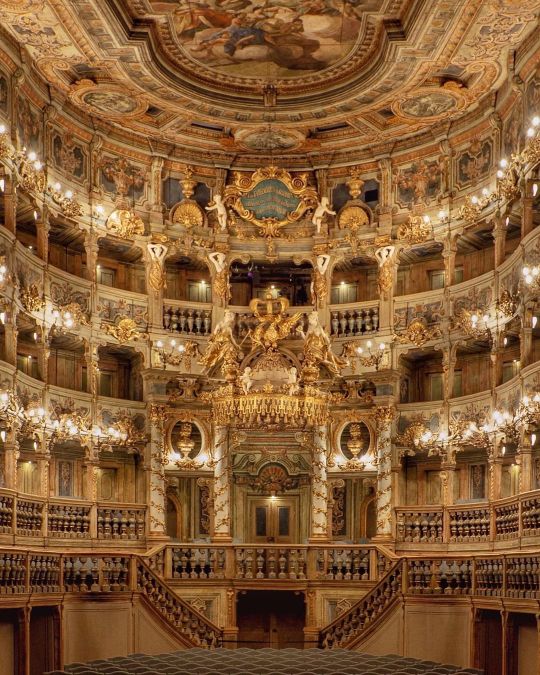
Margravial Opera-House, Bayreuth, Germany
Don’t be fooled though, it’s completely made only of wood!
@michaelthecanadian
#art#design#architecture#history#luxury lifestyle#style#interior design#interiors#germany#bayreuth#opera#opera house#millwork#margravial opera-house#michaelthecanadian
3K notes
·
View notes
Text

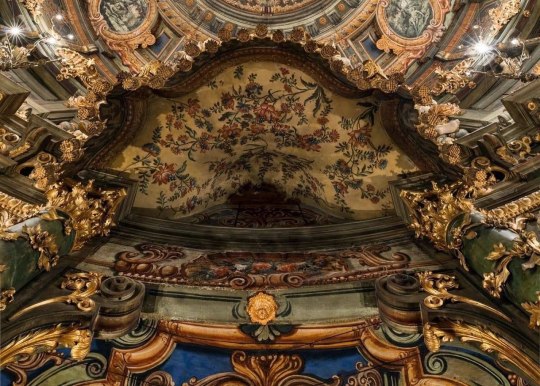
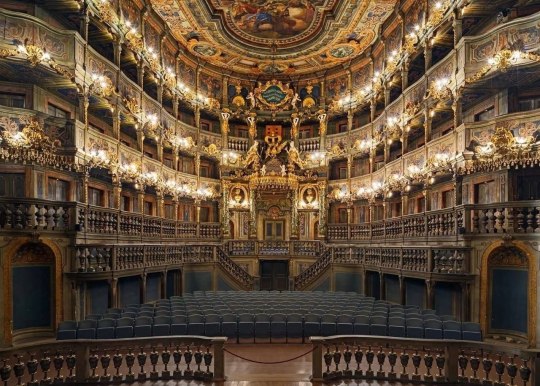
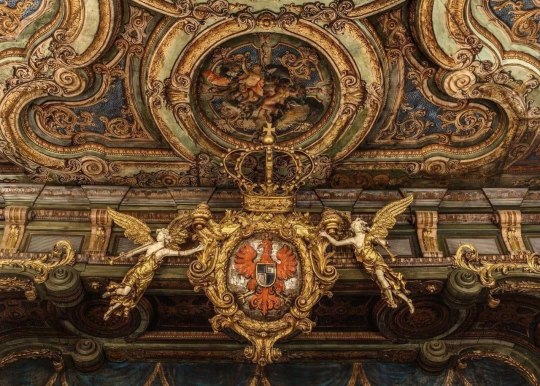
📍The Margraviate Theater in Bayreuth, Bavaria, Germany.
The theater building was built between 1744 and 1748.
#dark academia#light academia#classical#academia aesthetic#escapism#academia#books and libraries#classic literature#books#architecture#place#The Margraviate Theater#Bayreuth#Bavaria#germany#interior#old#building#historical#travel#photography#history#royal core#cottage core#aesthetic#academic#mood#vibe#tumblr
232 notes
·
View notes
Text

the fluffiest vegan pancakes out there!
BaggersLA - Bayreuth, Germany 🇩🇪
#vegan#veganism#go vegan#be vegan#veg#vegan treats#vegan brunch#brunch#vegan breakfast#pancakes#vegan pancakes#bayreuth#vegan bayreuth#germany#vegan germany#fruit#fresh fruit#vegan dessert#meatless
116 notes
·
View notes
Text
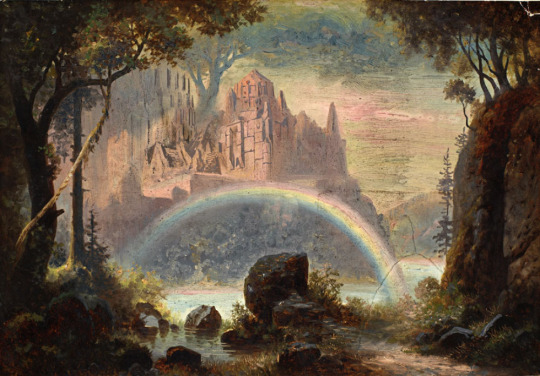
Walhalla by Hermann Burghart
Design for the 1878 staging of "Das Rheingold" by Richard Wagner
#walhalla#hermann burghart#art#valhalla#europe#das rheingold#richard wagner#germanic#mythology#national theatre#munich#germany#norse#nordic#the rhinegold#the ring of nibelung#der ring des nibelungen#vienna#austria#bayreuth#bavaria
620 notes
·
View notes
Photo
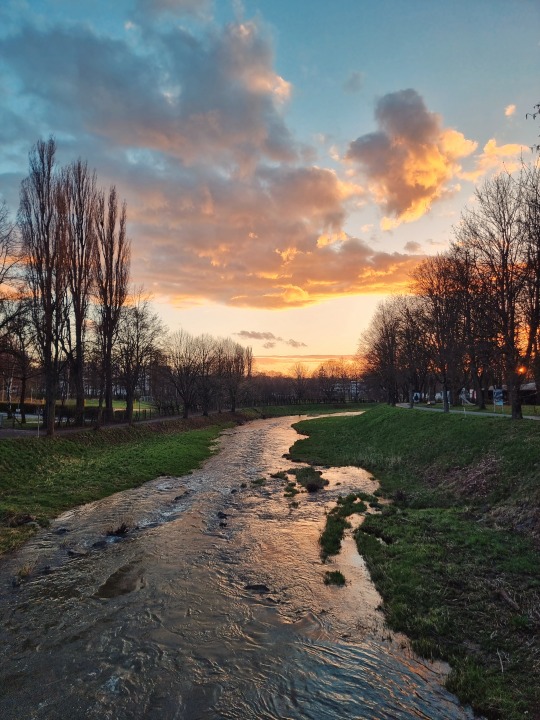
River Red Main, Bayreuth
ig: evadollhopf
#main#roter main#bayreuth#river#nature#landscape#hiking#photography#forest#trees#sunset#sunsets#evening sun#winter sun#winter sunset#mine
174 notes
·
View notes
Text

Margravial Opera House
98 notes
·
View notes
Photo

I write music with an exclamation point!
- Richard Wagner
If he were alive today Wagner would be 210 years old. Born on 22 May 1813, Wagner lived a tumultuous life created by his own very unstable personality. But there is no denying the man, infamous for his antisemitism, political exile, and constant poverty, was also a genius in every manner imaginable.
It is no stretch to say that without Wagner, music, theatre, and even other art forms such as cinema, would not be what they are today. Wagner created modern music and modern opera. He revolutionised the theatrical experience for audience members. He reshaped the understanding of what opera was and could be.
He was not only a composer, but also a librettist, conductor, stage director, actor, philosopher, writer, and poet. However, few composers are as divisive as Richard Wagner. Even putting aside his controversial character, holding political and antisemitic views, his music split audiences. A bit of a megalomaniac, his operas became all-engulfing “music dramas”, drawing on his concept of the Gesamtkunstwerk (the total work of art) which synthesised music and poetry with stagecraft, a unification of the arts through theatre. He even had an opera house built – the Bayreuth Festspielhaus – specifically to stage his works - one of the most incredible theatres in the world.
Wagner’s music was revolutionary and it influenced generations of composers. Claude Debussy made two pilgrimages to Bayreuth. In 1877, after hearing Act 1 of Tristan und Isolde, he declared it “decidedly the finest thing I know”, but by 1903 he had turned dissenter, commenting that Wagner was “a beautiful sunset that was mistaken for a dawn”.
Although other composers had used Leitmotifs before, Wagner took it to new levels. Der Ring des Nibelungen - his epic 15-hour tetralogy based on Norse sagas charting the fall of the gods - employs recurring Leitmotifs that represent characters, objects, actions and emotions. Indeed His works are among the first to be truly through-written without functional musical numbers that stopped for applause. He broke from previous musical tradition in how he saw his works as symphonies, the orchestra’s complexity pushed beyond anything realised before.
#wagner#richard wagner#quote#opera#classical music#music#musical theatre#the ring cycle#composer#german#bayreuth#genius#culture#arts
49 notes
·
View notes
Text

Folklore garments from Bayreuth, Bavaria, Germany
German vintage postcard, mailed in 1915
#vintage#folklore#tarjeta#bavaria#briefkaart#postcard#germany#photography#1915#postal#carte postale#german#garments#sepia#ephemera#historic#ansichtskarte#postkarte#bayreuth#postkaart#mailed#photo
7 notes
·
View notes
Text
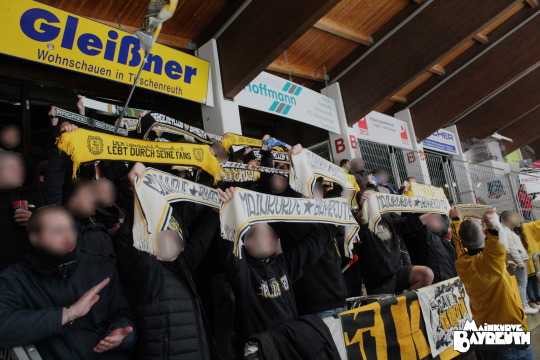


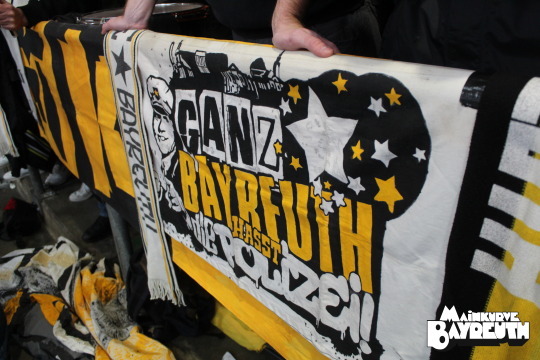
Und schon wieder Derbysieger EHC...
Ein voller Gästeblock durfte bei bester Kulisse einen 7-3 Derbysieg bei den Selber Schweinen feiern - weiter so Jungs!
Zur Belustigung der mitgereisten Bayreuther tauchte nach Jahren der Abwesenheit erstmalig wieder eine Selber Gruppe auf und versuchte, den Gästen stimmungstechnisch entgegenzuwirken - selbstverständlich ohne nennenswerten Erfolg.
Wenn die Heimspiele derzeit nicht stattfinden können, werden eben die Auswärtsspiele zu Heimspielen gemacht!
Den Bericht über Aktivitäten außerhalb des Spiels gibt es dann in der lokalen Presse - Grüße an den NBK.
8 notes
·
View notes
Text


GERMAINE LUBIN: VIVRE POUR TRISTAN
"I loved Tristan. I can say that in my life I've never had a truer love than Tristan. But I had never seen him appear. And yet I had already sung Isolde. And even with Urlus, the greatest of them all, an artist ineffable for his poetry, for his power. And with my dear comrade Lauritz. But perhaps the Paris Opera was not the right place for me to meet the Tristan of my dreams. Perhaps the Tristan of my dreams could only appear to me on the day when I myself was to become - and that's something else! - the Isolde of my dreams. It was in Bayreuth.
And it's true. I had the feeling there that my whole career, everything I'd learnt, everything I'd experienced, suffered too, and sung, was leading me to this precise point: my identification with Isolde. My encounter with Tristan. I have believed in Greek tragedy, passionately, ever since my Elektra in Paris, and my conversations with Jacques Copeau, and our trip to Greece. Perhaps you have to be prepared to die, to die alive, to pay for such moments. Only Wagner dares to ask so much. I was able to tell myself that I was only alive when I was on stage - Isolde! All that Litvinne, my beloved maestra, had taught me, all that lightening of the singing and the tessitura, which cost so much to learn and practice, when you have to take on such heavy roles, everything was justified there. Victor De Sabata kissed me from the pit every time I did a pianissimo. And all I did was pianissimi! But powerful, timbred pianissimos, not like today's falsettists - I won't tell you who! No, the role didn't seem long to me. If Isolde seems too long to you, how do you expect to take flight, to exhale with the final Lust? You have to be able to start again. When you sing piano, it's easy! It's easier because it's necessary. Isolde's long phrases are whispered arcs, visionary, piano... Tietjen told me that all you could see in these phrases were my blue eyes. Ah, it was Isolde itself that was undoubtedly the vision of my life.
Flagstad, with whom I sang Sieglinde with Furtwängler in Zurich, was without doubt the greatest Brünnhilde.
But Isolde... Isolde was my life. Perhaps also my death..."
(Interview by A. T.)
(Source: "Les Introuvables du Chant Wagnérien", page 13. L'Avant Scène Opéra Nr. 67, Sept. 1984)
#classical music#opera#music history#bel canto#composer#classical composer#aria#classical studies#maestro#chest voice#Germaine Lubin#dramatic soprano#soprano#Richard Wagner#Tristan und Isolde#Tristan and Isolde#Paris Opéra#Bayreuth#Bayreuth Festival#London#classical musician#clssical musicians#classical history#opera history#history of music#historian of music#musician#musicians#diva#prima donna
5 notes
·
View notes
Photo


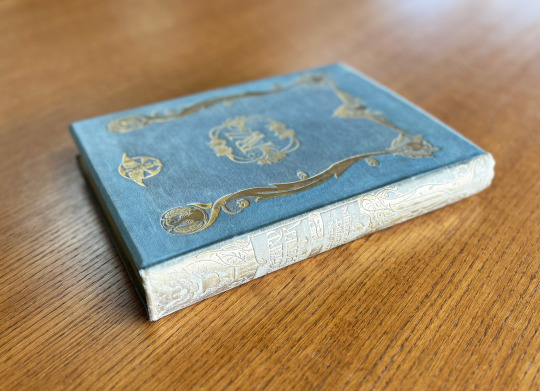
Publishers’ Binding Thursday
This week for Publishers’ Binding Thursday I am sharing Richard Wagner by Houston Stewart Chamberlain (1855-1927) and translated from the German by G. Ainslie Hight. It was published in 1897 in London by J.M. Dent & Co. and in Philadelphia by J.B. Lippincott. It is a book all about German composer Richard Wagner’s (1813-1883) life and work that features photogravures and collotypes, facsimiles, and engravings. It’s a lovely publishers’ binding with blue book cloth and gold stamping with flowers, birds, and more.
Unfortunately, the book was written by Houston Stewart Chamberlain, famous racist philosopher whose writing promoted German ethnonationalism, antisemitism, and scientific racism. According to Wikipedia he has been called “Hitler’s John the Baptist” and influenced the antisemitism of the Nazi Party. Chamberlain authoring this book about Wagner’s life and accomplishments isn’t ill-fitting—Wagner also expressed antisemitic views, especially toward the end of his life as he became increasingly conservative. Wagner was a favorite composer of Adolf Hitler, who frequently visited Wagner’s opera house in Bayreuth.
View more Publishers’ Binding Thursday posts.
-- Alice, Special Collections Department Manager
#Publishers' Binding Thursday#publishers' bindings#Richard Wagner#composers#Houston Stewart Chamberlain#racism#ethnonationalism#bad guys#bad vibes#J.B. Lippincott#Bayreuth#J.M. Dent & Co.#Alice
17 notes
·
View notes
Text

nothing better than a homemade bday cake for friends!!! even better when it’s vegan. lemon strawberry🫶🏻🫶🏻🫶🏻
#vegan#veganism#go vegan#be vegan#veg#vegan travel#vegan treats#vegan dessert#vegan cake#lemom cake#lemon#strawberry#vegan baking#baking#vegan birthday cake#birthday cake#bayreuth#germany#birthday
27 notes
·
View notes
Text

Götterdämmerung by Max Brückner
"Bayreuther Bühnenbilder. Der Ring der Nibelungen. Götterdämmerung, III. Aufzug Schlussbild"
Reproduction of the set design by Max Brückner of the final scene from Richard Wagner's Götterdämmerung, showing Valhalla on fire.
#götterdämmerung#valhalla#fire#walhalla#max brückner#art#der ring des nibelungen#germanic#folklore#germany#nordic#bayreuth#history#richard wagner#europe#european#coburg#bayreuth festival theatre
195 notes
·
View notes
Photo
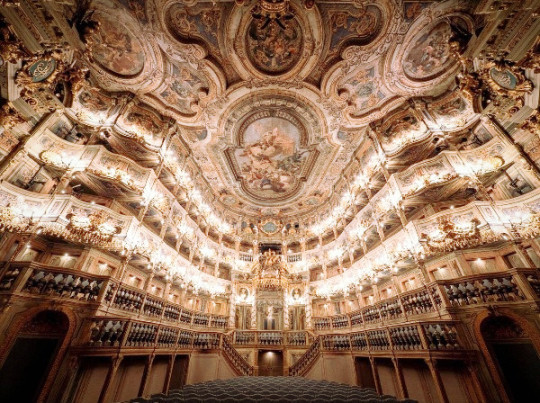
Margravial Opera House, Bayreuth, Germany
30 notes
·
View notes
Text

Margravial Opera House - Bayreuth, GERMANY
49 notes
·
View notes
